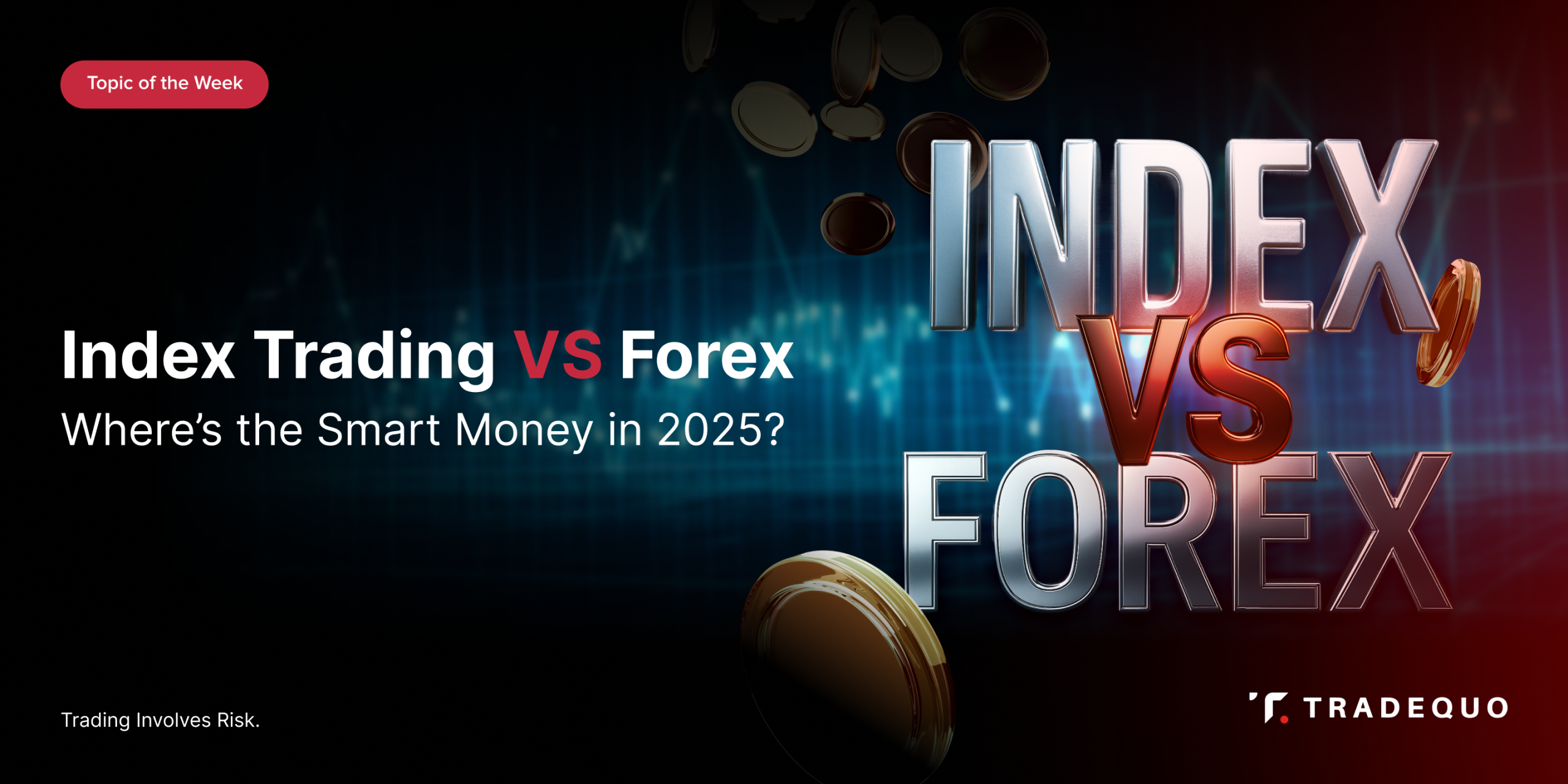In 2025, traders are facing a critical question: is it smarter to trade indices like the DAX, NASDAQ, and S&P 500, or should you stay loyal to traditional Forex pairs like EUR/USD and GBP/USD?
With increased market volatility, changing interest rate policies, and unexpected macroeconomic shifts, both index trading and forex trading offer unique opportunities. But where’s the real edge right now?
Let’s dive into the dynamics of each market, how they react to global news, and where the smart money is flowing this year.
Index Trading: Follow the Giants
Indices like the NASDAQ, DAX, and S&P 500 represent baskets of top-performing companies. They’re a reflection of broader economic sentiment especially in the tech, industrial, and financial sectors.
Key Benefits of Trading Indices in 2025:
- Clear correlation with macroeconomic data like interest rates, inflation, and GDP.
- High liquidity and volatility during major events (think FOMC meetings, CPI releases).
- Overnight gaps can work in your favor or against making them great for swing traders.
- More “buy the dip” mentality, especially in bull cycles.
How They React to News:
- NASDAQ reacts heavily to interest rate expectations and tech earnings.
- S&P 500 is more balanced, influenced by broader U.S. economic data.
- DAX 40 is sensitive to ECB decisions, German manufacturing, and global trade flows.
In 2025, AI stocks and green energy are driving the NASDAQ, while the DAX remains under pressure from sluggish EU growth. The S&P 500? Still the global heavyweight.
Forex Trading: Currency Wars Reloaded
Major pairs like EUR/USD, GBP/USD, USD/JPY, and AUD/USD are driven by central bank moves, inflation reports, and geopolitical shifts.
Why Forex Still Matters:
- 24/5 access and no centralized exchange, pure supply and demand.
- Short-term traders thrive on tight spreads and high leverage.
- Great for scalping news-driven volatility like NFP or central bank rate decisions.
How Forex Pairs React:
- EUR/USD: Still the king of liquidity. Reacts to ECB and Fed policy divergences.
- GBP/USD: Heavily impacted by UK inflation and political instability.
- USD/JPY: A barometer for risk sentiment, safe-haven flows spike in times of fear.
- AUD/USD: Commodities and China still drive this pair’s heartbeat.
In 2025, forex volatility has returned. With diverging interest rate paths across economies, traders are seeing strong directional moves again, a welcome shift after the slow 2023–2024 rangebound periods.
So, Where’s the Edge Now?
It depends on your style.
- Intraday traders may find forex more reactive and easier to manage risk in short bursts.
- Swing traders and macro traders may prefer index trading, especially in trending markets.
- Smart money is doing both hedging in forex while taking advantage of index momentum driven by earnings and macro cycles.
2025: A Perfect Time to Diversify
The truth? You don’t have to choose one over the other.
The best traders in 2025 are using both index trading and forex trading to capitalize on different types of volatility. When the DAX is consolidating, EUR/USD might be flying. When the NASDAQ rallies on tech earnings, USD/JPY might offer a defensive short.
Final Thoughts
The markets are alive with opportunity in 2025. Whether you’re trading major indices or forex pairs, understanding how each asset class reacts to global news is your key to consistent performance.
Stay agile. Stay informed. And trade smarter not harder.



